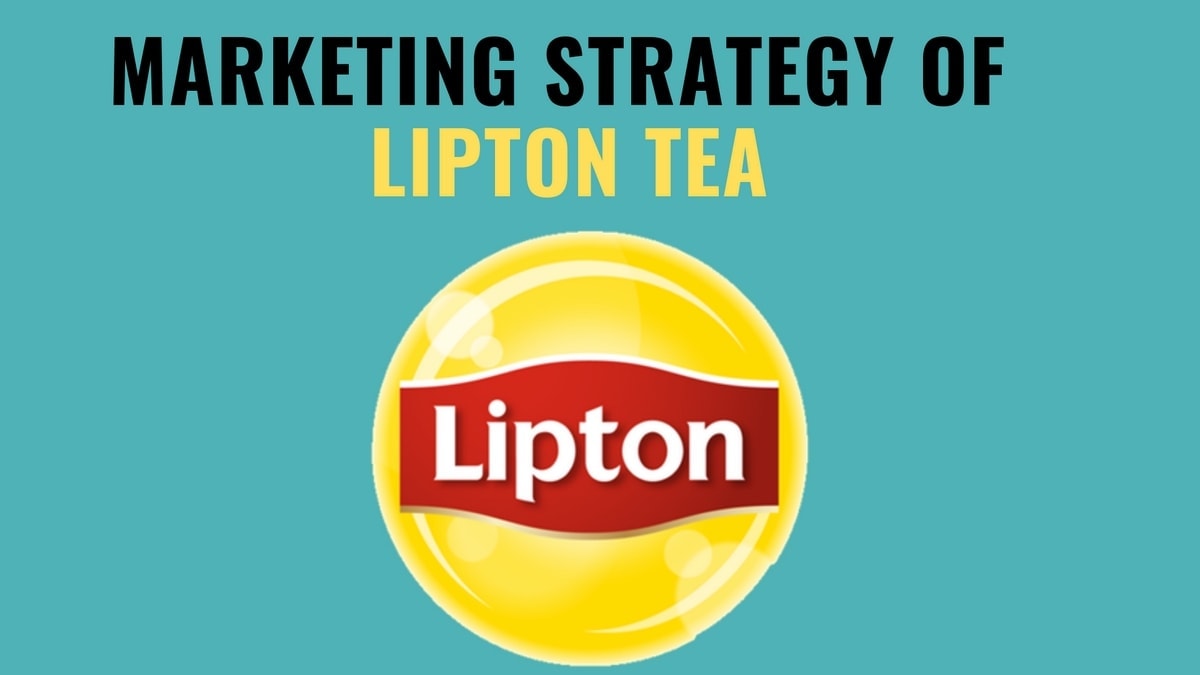
Marketing Strategy of Ford - Ford Marketing Strategy
Home » Strategies » Marketing Strategy of Ford – Ford Marketing Strategy
Marketing Strategy of Ford – Ford Marketing Strategy
March 3, 2018 By Hitesh Bhasin Tagged With: Strategies
Being in the business of cars, trucks, crossovers, Financing and utilities, founded by a legendary Henry Ford and incorporated in 1903 the company have emerged as a front-runner in most of the developed nations in their respective segment of the businesses.
With more than 1,90,000 employees and 68 plants worldwide, Ford is using these resources in designing manufacturing, financing and marketing the cars, trucks, SUV’s, Crossovers and Lincoln luxury vehicles in different parts of the world.
Table of Contents
Segmentation, targeting and positioning in the Marketing strategy of Ford –
Like any other automobile company, Ford uses a mix of psychographic, demographic, and geographic segmentation variables to cater to the changing needs of the customers of the industry.
Ford uses differentiated targeting strategy for offering the specific products to the specified segments of customers.
Positioning is where the products or services stand in the mind of the consumers, what image is built in their mind when they hear the brand name. Ford motors use value-based positioning strategy to create emotional and inspirational touch with the customers.
Marketing mix – Here is the Marketing mix of Ford.
SWOT analysis – Here is the SWOT analysis of Ford.
Mission- “Not available”
Vision- “Working together in a global enterprise to make people’s lives better through leadership in automotive and mobility”
Tagline-“Go Further”.
Competitive advantage in the Marketing strategy of Ford –
Intellectual properties – Ford motors have approximately 38000 active patents which are helping the company in the conduct of its business and it keeps the company technologically ahead of peer companies in the industry.
Stronghold in the developed nations – Ford has large product portfolio in the developed nations which are helping the company in having deep knowledge of these markets.
Manufacturing units – It has 68+ plants worldwide which are helping the company in keeping the price of their offerings low as compared to the peer companies in the market.
BCG Matrix in the Marketing strategy of Ford –
It’s business segments i.e. Cars, SUV and crossovers are question marks in the BCG matrix due to the decline in the market share in the developed nations and not having a focusing operation in the emerging markets.
Lincoln Luxury vehicles are stars in the BCG matrix as it is present in the selected markets.
Distribution strategy in the Marketing strategy of Ford –
Ford uses the different channel of distributions such as authorised dealerships/ service centres, DSA (direct selling agents), resellers, and the e-commerce sites. Moreover, most of its distribution centres & warehouses are on a lease which is helping the company in reducing its operational cost.
Brand equity in the Marketing strategy of Ford –
Ford motors have positive word of mouth and high TOMA (top of mind awareness) in the developed nations but the brand architecture of the company in the developing nations have failed to attract the customers in these markets.
Competitive analysis in the Marketing strategy of Ford –
Since the developed nation’s market is already saturated and companies are eating up each other’s market share while some companies like Fiat Chrysler Automobiles, Suzuki motor corporation, Honda motor company and many others are targeting emerging/developing nations as these are the market with lots of potential and growth.
Increasing price-based competition and declining demand are major problems companies in this industry are facing.
Its truck division is performing well in some of the developing nations who are modernising their transportation system.
Market analysis in the Marketing strategy of Ford –
The automobile market faces several bottlenecks whether it is government regulations, market factors such as labour cost, infrastructure cost, volatility in the fuel prices, currency fluctuations, or the competition in the market. The automotive industry is already crowded with a large number of MNC’s players with no single company in a dominant position worldwide.
Customer analysis in the Marketing strategy of Ford –
Customers of Ford motors are the upper middle & middle-income group and transportation enterprises, which are looking for technologically advanced automotive solutions.










